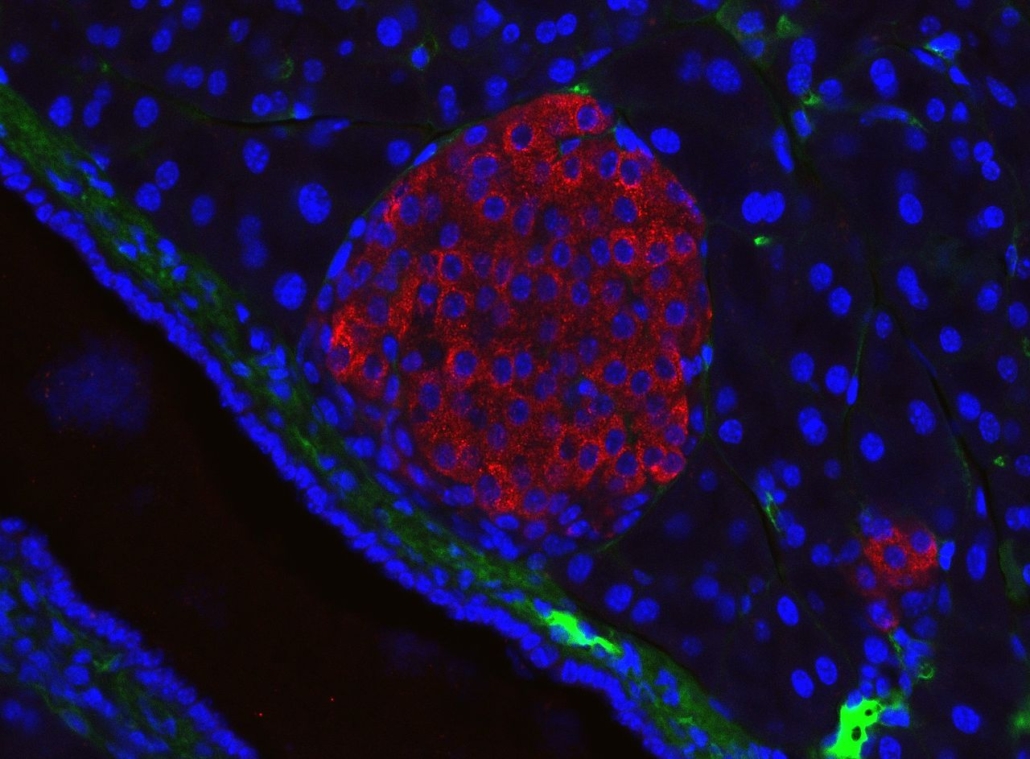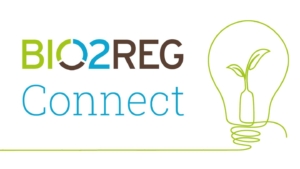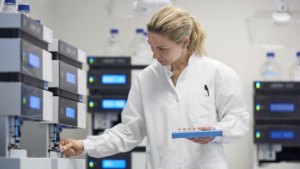
Diabetes combo improves regeneration of beta cells
Using a combination of approved diabetes drugs, a Swiss-US research team was able to support the regeneration of insulin-secreting cells in the pancreas.
The new strategy published in Science Translational Medicine offers a scalable and rapid approach to overcome the current obstacles in the treatment of diabetes, thus addressing an unmet therapeutic need, commented Marissa Scavuzzo and Malgorzata Borowiak, two key opinion leaders in the field of diabetes, which affects 422 million people worldwide.
The scientists showed that combining of drug classes that increase insulin-secretion and at the same time reduce caloric intake – so called Glucagon-like peptide-1 receptor (GLP1R) agonists and dipeptidyl peptidase 4 (DPP4) inhibitors – with inhibitors of a drug class (dual-specificity tyrosine-regulated kinase 1A, DYRK1A) that unspecifically can increase adult human ? cell proliferation, increased regeneration.Specifically, the combo led to an increase in human ? cell replication (5 to 6%) and an actual increase in numbers of human ? cells, which secrete insulin.
Ackeifi et al. tested combinations of an FDA-approved GLP1R agonist with DYRK1A inhibitors. They found that administering both compounds to pancreatic islets from human cadavers (either from healthy individuals or patients with type 2 diabetes) converted the GLP1R agonists to drugs that boosted the proliferation of ? cells in the islets after only four days, increasing the number of ? cells by 40%.
Furthermore, diabetic mice transplanted with human pancreatic islets that received the combination of drugs secreted more insulin and displayed improved blood sugar control compared with mice that received either drug alone. Scavuzzo and Borowiak note that many patients with type 2 diabetes already take GLP1R agonists, suggesting that simply adding low doses of a safe DYRK1A inhibitor could feasibly improve clinical outcomes.


 BIOCOM / aminul788 - Adobe Stock
BIOCOM / aminul788 - Adobe Stock Bayer Co.Lab
Bayer Co.Lab